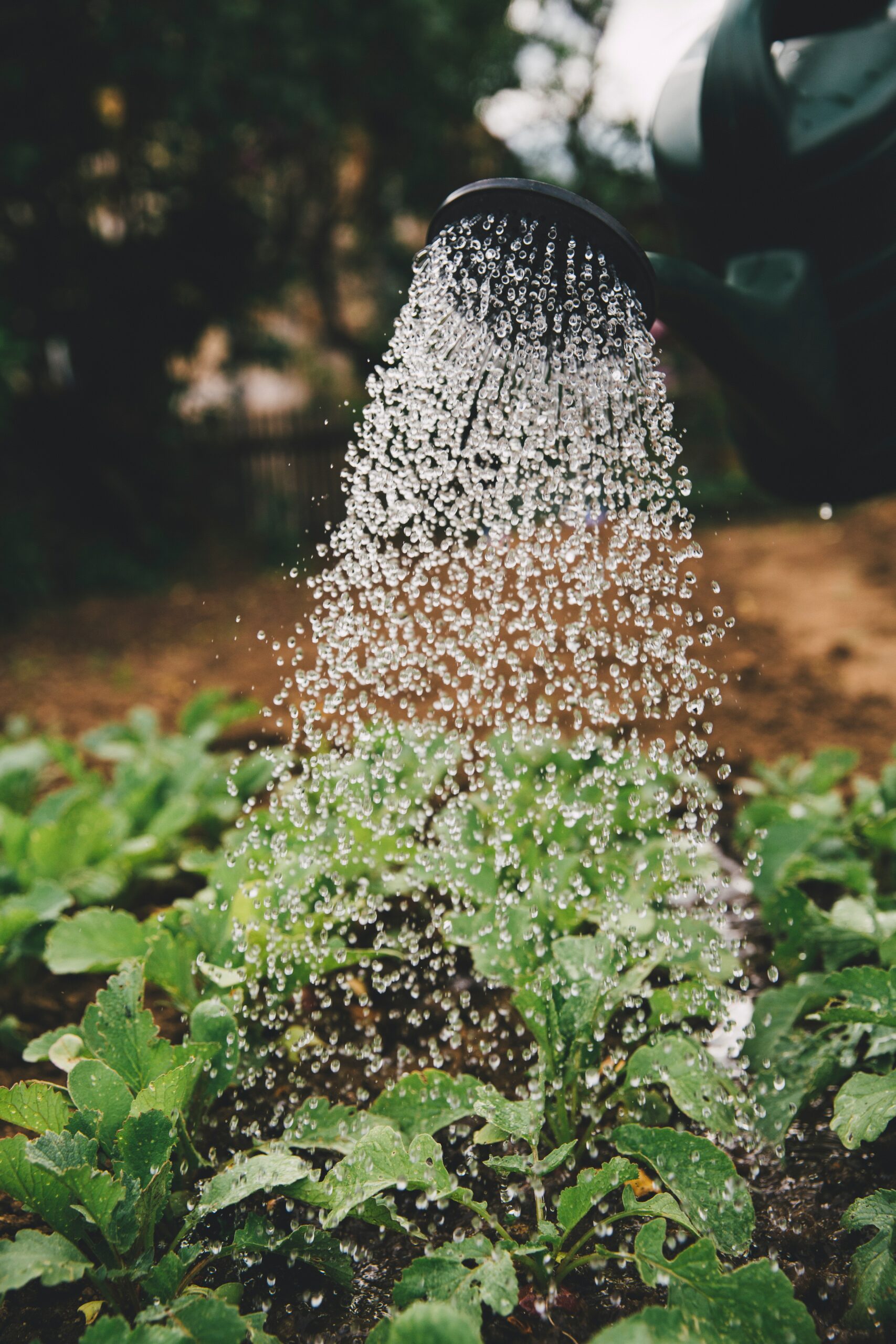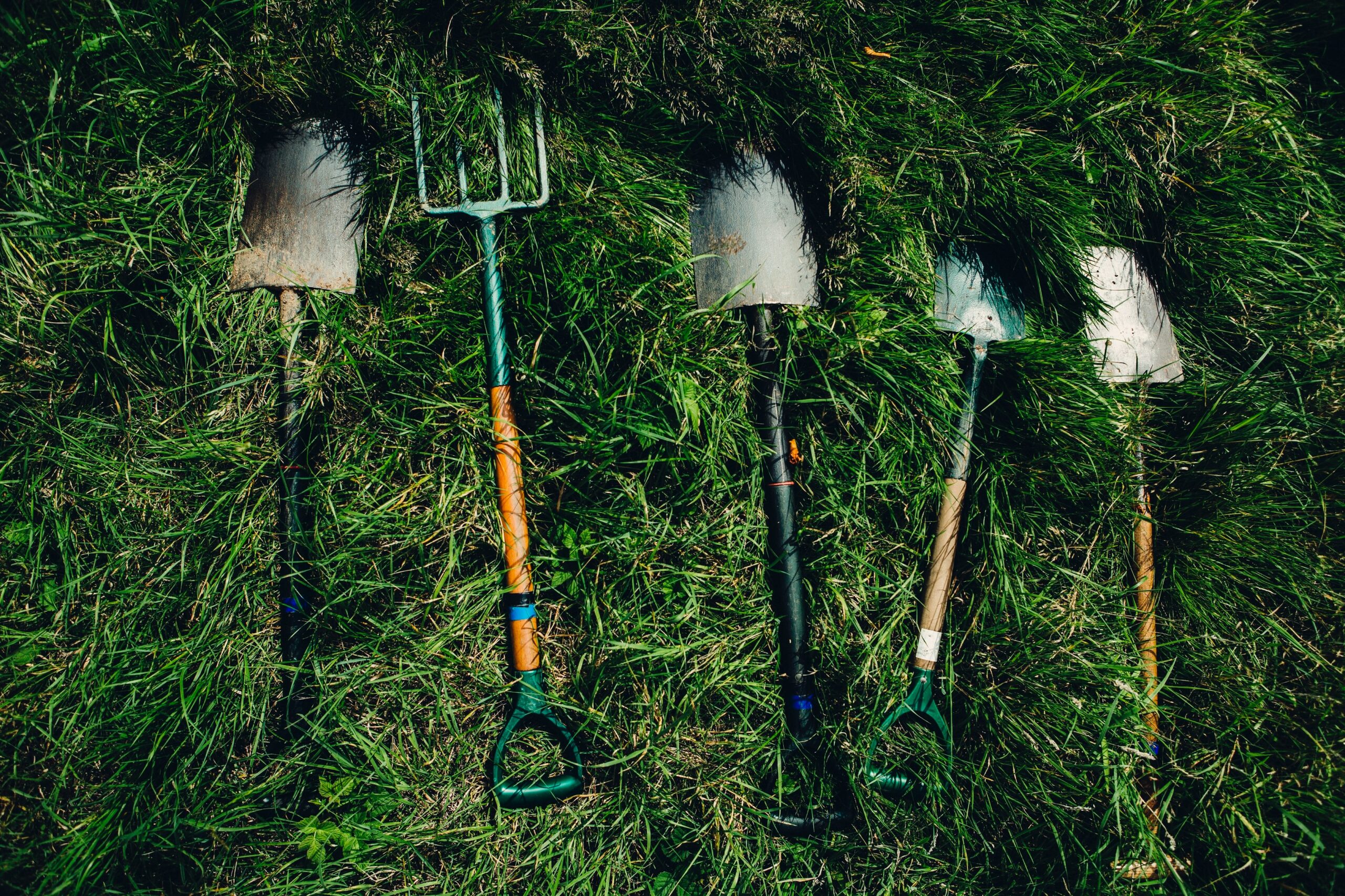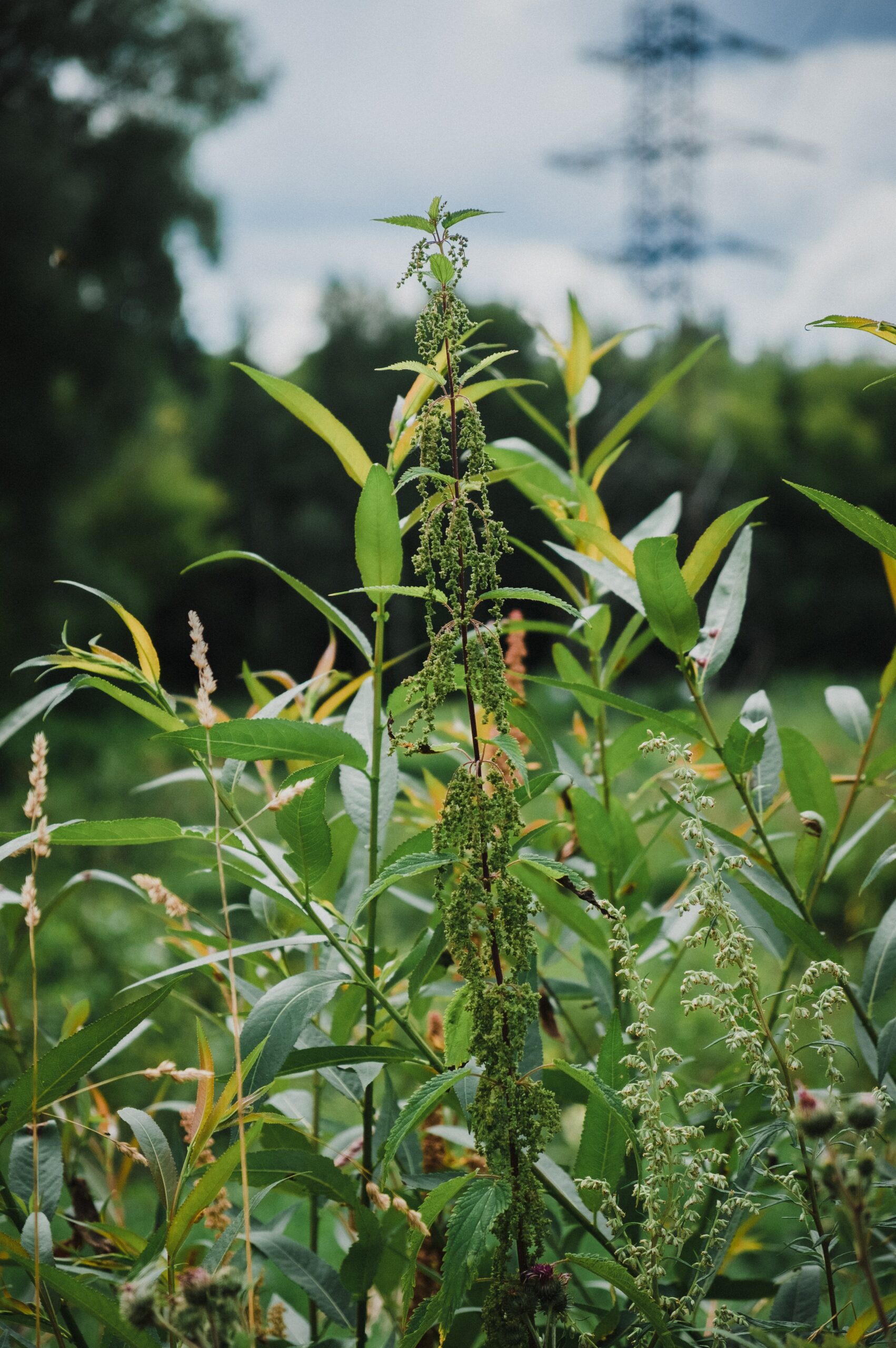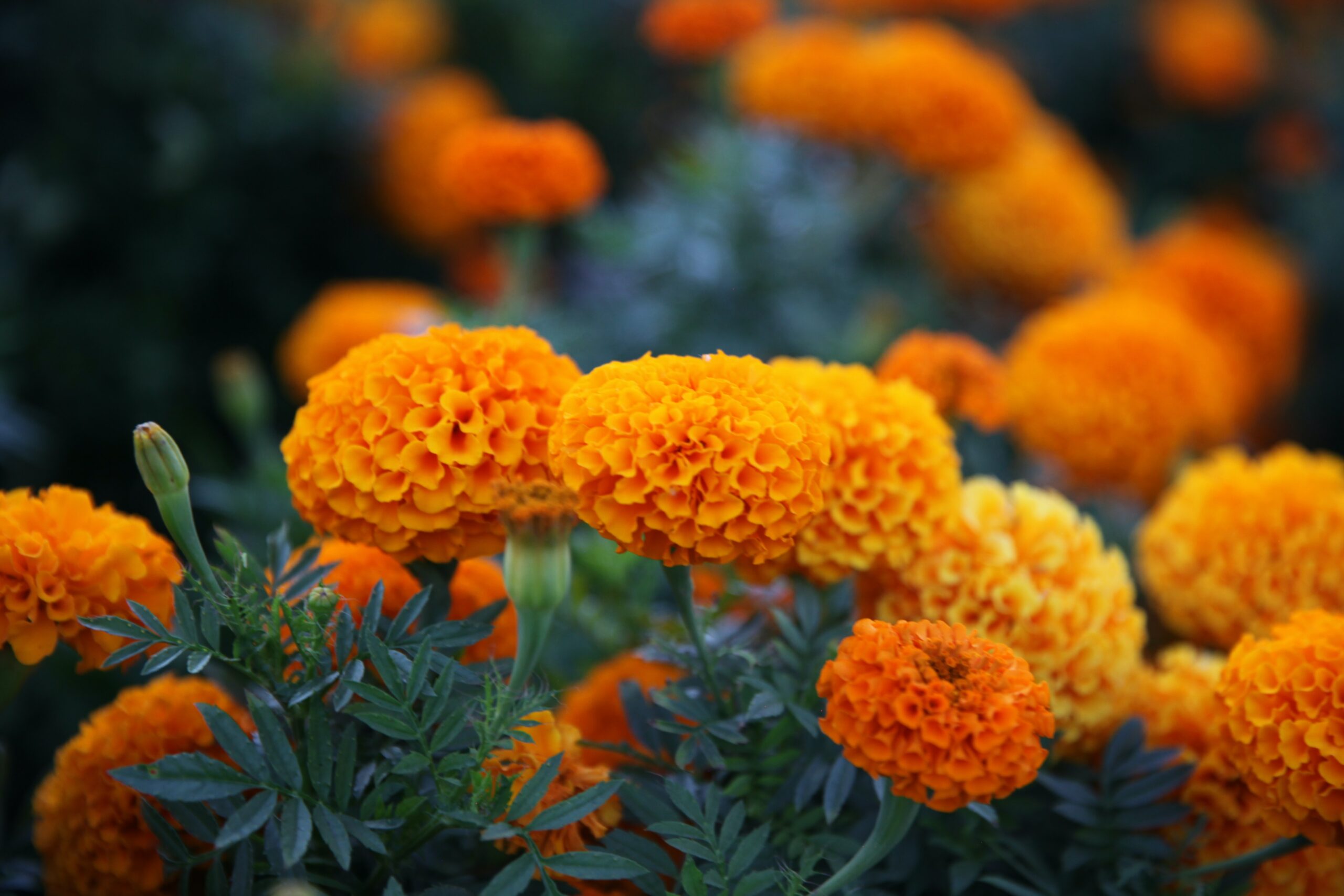Are you ready to transform your patch of earth into a botanical paradise? From novice plant-parents to seasoned horticulturists, these gardening tips are your key to cultivating a thriving and vibrant garden. Let’s dig in!
PLAN YOUR LAYOUT Using Our Gardening Tips
Begin with a blueprint. Consider sunlight exposure, spacing, and companion planting for a harmonious garden design. It’s like choreographing a symphony of colors and shapes! It’s an evolving process. Pay attention to how your plants interact with their environment and be open to making adjustments as needed. With time and observation, you’ll develop a better understanding of which plants thrive in specific areas of your garden.
Planning your garden layout is like creating a masterpiece – it requires thought, balance, and a touch of creativity. Here are some gardening tips to help you design a garden that thrives:
-CONSIDER SUNLIGHT EXPOSURE:
Observe how sunlight moves across your garden throughout the day. Different plants have varying light requirements, so position them accordingly.
-GARDENING DISEASE AND PEST RESISTANCE:
Some plants are naturally more resistant to pests and diseases. Research and choose varieties known for their resilience.
-GROUP SIMILAR PLANTS:
Arrange plants with similar water and sunlight needs together. This makes it easier to provide the right care for each group.
-FACTOR IN SPACING:
Pay attention to recommended spacing between plants. Overcrowding can lead to competition for nutrients, while spacing too far apart can leave gaps.

-ACCOUNT FOR ACCESS PATHS:
Consider how easily you can access different areas of your garden for planting, watering, and maintenance. Leave enough space for paths or walkways between rows or beds. This makes it easier to tend to your plants without trampling on them.
-THINK ABOUT PLANT HEIGHT:
Taller plants should be placed at the back or center of your garden, while shorter plants can be positioned towards the front.
-CONSIDER GARDENING MICROCLIMATES:
Your garden may have pockets with slightly different conditions. For instance, areas near walls or structures might be warmer, while low-lying areas might be cooler and damper.
-CONSIDER COMPANION PLANTING:
Some plants benefit from being near specific companions. For instance, basil can enhance the flavor of tomatoes, while marigolds can deter pests.
-UTILIZE VERTICAL GARDENING SPACE:
If space is limited, consider vertical gardening techniques like trellises, hanging baskets, or vertical planters.
-INCLUDE GARDENING FOCAL POINTS:
Add visual interest with focal points like a decorative pot, sculpture, or a beautifully designed feature.
-THINK ABOUT GARDENING AESTHETICS:
Consider color schemes, textures, and shapes to create a visually appealing garden that reflects your personal style.
-PLAN FOR FUTURE GARDENING GROWTH:
Anticipate how your garden will evolve over time. Leave space for plants to spread, and consider the long-term height of trees or shrubs.
-CROP ROTATION (FOR VEGETABLES):
If you’re growing vegetables, practice crop rotation to prevent soil depletion and reduce the risk of pests and diseases.
-STAY ORGANIZED:
Keep a garden journal or layout diagram to track what you’ve planted, when, and where. This helps with future planning and avoids confusion.
Remember, your garden is a dynamic and evolving space. Don’t be afraid to make adjustments as you observe how different plants interact and grow. With time and attention, you’ll create a garden that flourishes and brings you joy.

SOIL, THE SILENT Gardening SUPERHERO
Healthy soil is the cornerstone of any successful garden. A soil test can help you understand which nutrients are lacking, so you can tailor your enrichment efforts accordingly. Enrich with compost, organic matter, and nutrients to create a thriving ecosystem for your plants. Enriching soil is like giving your garden a nutritious meal – it provides the essential nutrients that plants need to thrive. Here are several methods to enrich your soil:
-COMPOST:
This is one of the best natural ways to enrich soil. Compost is made from organic matter like kitchen scraps, yard waste, and other decomposable materials. It’s rich in nutrients and helps improve soil structure.
-MANURE:
Well-rotted animal manure (such as cow, horse, or chicken) is a fantastic soil conditioner. It’s packed with nutrients and organic matter. Ensure it’s well-composted to prevent burning plants with excess nitrogen.
-COVER CROPPING:
Planting cover crops like clover, rye, or legumes during the off-season can add organic matter and fix nitrogen in the soil. When they’re turned back into the soil, they enrich it.
-MULCHING:
Applying organic mulch like straw, leaves, or wood chips on the soil’s surface helps retain moisture, regulate temperature, and gradually adds nutrients as it decomposes.
-GREEN MANURE:
This involves growing specific plants, like clover or vetch, which are then tilled back into the soil. They act as a natural fertilizer, adding nutrients and improving soil structure.
-BONE MEAL AND BLOOD MEAL:
These are natural sources of phosphorus and nitrogen, respectively. They’re usually available in powdered form and can be added to the soil before planting.
-FISH EMULSION:
This is a liquid fertilizer made from fish waste. It’s high in nutrients like nitrogen and can be diluted and used as a soil drench or foliar spray.
-GYPSUM:
Gypsum helps to improve soil structure, especially in clayey soils. It adds calcium and sulfur, which are beneficial for plant growth.
-EPSOM SALT (MAGNESIUM SULFATE):
t’s a quick way to add magnesium to the soil, which is essential for photosynthesis. Dissolve it in water and use it as a soil drench.

-VERMICOMPOSTING:
Worm castings are rich in nutrients and beneficial microbes. A vermicompost bin allows you to convert kitchen scraps into nutrient-rich worm castings for your garden.
-ROCK DUST:
Crushed rock minerals like basalt or granite can be added to the soil to provide a wide range of trace minerals that may be lacking.
-COFFEE GROUNDS:
Used coffee grounds are rich in organic matter and contain small amounts of nitrogen. They can be mixed directly into the soil or used as a mulch. Additionally, adding organic matter regularly is a long-term strategy for maintaining healthy, nutrient-rich soil.
One of the gardening tips not to Ignore: WATER WISELY
Avoid the Goldilocks syndrome – not too much, not too little. Deep, infrequent watering encourages plants to develop robust root systems, making them more resilient to drought. Watering is a critical aspect of gardening, and getting it right can make a significant difference in the health and vitality of your plants. Here are some tips for effective watering:
-WATER IN THE MORNING:
Watering early in the day allows plants to absorb moisture before the heat of the sun causes evaporation. It also helps prevent the growth of mold and mildew.
-WATER AT THE BASE:
Direct the water towards the base of the plants, avoiding wetting the foliage. This helps prevent diseases and fungal infections.
-USE A SOAKER HOSE OR DRIP IRRIGATION:
These methods deliver water directly to the root zone, reducing water waste from evaporation and runoff.
-MULCH AROUND PLANTS:
Apply a layer of organic mulch (such as straw, wood chips, or leaves) around plants. This helps retain soil moisture, regulate temperature, and reduce weed growth.
-CONSIDER THE TYPE OF SOIL:
Sandy soils drain quickly and may need more frequent watering, while clay soils retain moisture longer. Adjust your watering schedule accordingly.
-CHECK MOISTURE LEVELS REGULARLY:
Use a soil moisture meter or simply stick your finger into the soil. Water when the top inch or so feels dry.

-AVOID OVERWATERING:
Too much water can suffocate the roots and lead to root rot. Ensure proper drainage, and only water when needed.
-WATER NEWLY PLANTED SEEDLINGS OR TRANSPLANTS CAREFULLY:
These plants have not yet established strong root systems. Water them gently and regularly until they become more established.
-USE A WATERING CAN FOR PRECISE WATERING:
A watering can is ideal for small or delicate plants that require more precise watering.
-ADJUST WATERING BASED ON WEATHER CONDITIONS:
During hot, dry periods, plants may require more frequent watering. Conversely, reduce watering during periods of heavy rain.
COLLECT RAINWATER:
Set up a rain barrel or other rainwater collection system. This free, untreated water is ideal for plants.
-MONITOR POTTED PLANTS:
Container plants may dry out more quickly than those in the ground. Check them regularly and adjust your watering schedule as needed.
-WATERING NEW LAWNS:
New lawns need frequent, light watering to help seeds germinate and establish roots. Gradually reduce watering frequency as the lawn becomes established.
Remember, it’s important to pay attention to the specific needs of your plants and adjust your watering routine accordingly. Observing how your plants respond to different watering practices will help you fine-tune your approach for a thriving garden.
WAGE A GARDENING WAR ON WEEDS
Weeds are the uninvited guests at your garden party. Regular weeding keeps them at bay and ensures your plants get the spotlight they deserve. Weeds can be formidable foes in the garden, but with the right strategies, you can keep them at bay. Here are some effective gardening tips for managing weeds:
-MULCH, MULCH, MULCH:
Apply a thick layer of organic mulch (like straw, wood chips, or leaves) around plants. This helps smother weed growth by blocking sunlight and reducing soil moisture.
-WEED EARLY AND OFTEN:
Regularly inspect your garden and remove weeds when they’re small. This prevents them from becoming established and producing seeds.

-USE THE RIGHT GARDENING TOOLS:
Invest in quality hand tools like a hoe, trowel, or weeder. These make it easier to remove weeds without disturbing nearby plants.
-GET TO KNOW YOUR WEEDS:
Identify common weeds in your area. Understanding their growth habits and lifecycles can help you choose the best strategies for control.
-WATER PLANTS, NOT WEEDS:
Use targeted watering techniques like drip irrigation or a soaker hose to deliver water directly to your plants’ roots. This reduces moisture around weed seeds.
-DON’T LEAVE BARE SOIL:
Plant densely and use ground covers to minimize exposed soil. This leaves less room for weeds to take root.
-HAND PULLING:
Grasp weeds as close to the soil as possible and gently pull, ensuring you remove the entire root system. This is most effective for annual weeds.
-USE NATURAL GARDENING WEED SUPPRESSANTS:
Some plants like groundcovers, like creeping thyme or vinca, can help suppress weed growth. They form a natural barrier that makes it difficult for weeds to take hold.
-PRACTICE SMOTHERING:
Use landscape fabric or cardboard covered with mulch in areas where you don’t want any vegetation to grow. This is particularly effective for areas like paths or around permanent fixtures.
-BOILING WATER:
Pouring boiling water over small, isolated weed patches can be an effective way to kill them without chemicals.
-VINEGAR SOLUTION:
A mixture of vinegar, water, and a bit of dish soap can be an effective natural herbicide for weeds. Be careful to avoid spraying it on desirable plants.
-APPLY ORGANIC GARDENING HERBICIDES:
Organic herbicides made from natural ingredients like citric acid, clove oil, or acetic acid can be used to spot-treat weeds.
-CONSIDER BIOLOGICAL CONTROL:
Introduce natural predators or competitors for specific weed species. For example, certain insects or animals can help keep certain weeds in check.

-BE PERSISTENT:
Weeding is an ongoing process. Regularly checking and maintaining your garden is key to keeping weed populations in check.
Remember, it’s important to be patient and consistent. With regular maintenance and the right techniques, you can effectively manage weeds in your garden.
One of Our Best Gardening Tips: EMBRACE ORGANIC PEST CONTROL
Embracing organic pest control in your garden promotes a healthy ecosystem while keeping unwanted critters at bay. Here are some effective strategies:
-ENCOURAGE BENEFICIAL INSECTS:
Plant nectar-rich flowers like marigolds, daisies, and asters to attract predatory insects like ladybugs, lacewings, and parasitic wasps that feed on pests. They’re like the garden’s own security detail, keeping harmful pests in check.
-INTRODUCE NATURAL PREDATORS:
Release beneficial insects like ladybugs, predatory beetles, and nematodes, which can help control pest populations of aphids, mites, and caterpillars. Beneficial nematodes are microscopic organisms that attack soil-dwelling pests like grubs, caterpillars, and larvae.
-HANDPICK LARGER PESTS:
For larger pests like caterpillars or beetles, handpicking and disposing of them is an effective organic control method.
-PROVIDE HABITAT FOR BIRDS:
Create a bird-friendly environment by providing water, food, and shelter. Birds like swallows, bluebirds, and chickadees are excellent at pest control. Install birdhouses or feeders to attract birds like sparrows, finches, and wrens, which feed on insects. Birds are excellent natural pest controllers.
-USE NEEM OIL:
Neem oil is a natural insecticide and fungicide that can help control a wide range of pests. It’s safe for plants but harmful to many pests.
-APPLY GARLIC OR CHILI PEPPER SPRAYS:
Homemade sprays made from garlic or chili peppers can deter a range of pests. Be sure to test on a small area first to ensure it won’t harm your plants.
-APPLY DIATOMACEOUS EARTH:
Diatomaceous earth is made from fossilized algae and is effective against crawling insects. It works by dehydrating and disrupting their exoskeletons.
-USE STICKY TRAPS:
Yellow sticky traps can be effective for capturing flying insects like aphids, whiteflies, and fungus gnats.

-EMPLOY COMPANION PLANTING:
Certain plants can repel pests. For example, planting marigolds can deter nematodes, while basil can repel mosquitoes and flies.
-PRACTICE CROP ROTATION:
Rotating crops helps disrupt the life cycles of pests, reducing their populations over time.
-PRACTICE GOOD HYGIENE:
Remove diseased or pest-infested plants promptly to prevent the spread of pests to healthy plants.
Remember, organic pest control often requires a bit more patience and vigilance compared to chemical solutions. It’s also important to monitor your garden regularly to catch pest problems early. By adopting these strategies, you can create a healthy and balanced garden ecosystem.
Gardening Tips 101: PATIENCE IS A VIRTUE
Rome wasn’t built in a day, and neither is a garden. Enjoy the journey and celebrate small victories along the way. Remember, even the mightiest oak was once a little acorn! Plants have their own natural growth cycles. Some may take weeks to germinate, while others may take years to mature. Patience allows you to appreciate and enjoy each stage of a plant’s life.
For plants to thrive, they need to develop strong, healthy root systems. This process can take time, especially for perennial plants. Patience ensures that plants have the foundation they need to flourish. A healthy garden is a balanced ecosystem with a diversity of plants, insects, and microorganisms. It takes time for this ecosystem to develop and maintain its natural equilibrium.Gardens may face setbacks like pests, diseases, or unfavorable weather conditions. Patience enables you to address these issues methodically and find sustainable solutions.
Gardens experience different seasons, each with its own set of conditions and challenges. Patience helps you adapt and work with nature, allowing your garden to flourish in its own time. Patience also allows you to observe how plants respond to their environment, helping you understand their needs and preferences better. This knowledge is invaluable for successful gardening.
Vegetables, fruits, and herbs often take time to mature before they can be harvested. Rushing this process can lead to lower-quality produce. Patience ensures you get the best yield possible. Gardening is as much about trial and error as it is about following guidelines. Patience gives you the space to experiment with different plants, techniques, and designs, and to learn from your mistakes.
Gardening is not just about the end result; it’s about the journey. Gardening is meant to be a relaxing and enjoyable hobby. Patience allows you to appreciate the beauty and wonder of nature unfolding in your own backyard,without feeling rushed or pressured.
In summary, patience in gardening allows you to work in harmony with the natural rhythms of plants and the environment. It helps you become a more observant, adaptable, and successful gardener in the long run

KEEP LEARNING AND EXPERIMENTING: Find Other Sources for Gardening Tips
Gardening is a lifelong learning experience. Don’t be afraid to try new plants or techniques. Your garden is your canvas, and every season is a chance to create a masterpiece. Continuously learning and experimenting is a wonderful approach to deepen your understanding and proficiency in gardening. Here are some tips to help you on this journey:
-READ WIDELY:
Explore books, magazines, blogs, and gardening forums. You’ll find a wealth of information, gardening tips, and experiences shared by fellow gardeners.
-EXPLORE ONLINE GARDENING RESOURCES:
There’s a wealth of information online, from articles and forums to videos and webinars. Websites, social media, and YouTube channels dedicated to gardening tips are abundant sources of knowledge.
-VISIT LOCAL NURSERIES AND GARDEN CENTERS:
These places often have knowledgeable staff who can provide advice on plant selection, care, and troubleshooting.
-ATTEND WORKSHOPS AND CLASSES For More Gardening Tips :
Local gardening clubs, community centers, and nurseries often offer workshops and classes. These can provide hands-on learning experiences and opportunities to ask questions.
-VISIT BOTANICAL GARDENS OR ARBORETUMS:
These places are not only beautiful but also serve as living classrooms. You can see a wide variety of plants and learn about their unique characteristics.
-JOIN A GARDENING GROUP OR CLUB:
Connecting with other gardeners can be incredibly enriching. You can exchange ideas, share experiences, and learn from each other’s successes and challenges.
-STAY CURIOUS AND ASK GARDENING QUESTIONS:
Always be curious about your plants. Ask questions, seek advice, and don’t hesitate to reach out to more experienced gardeners or experts when you encounter something new or challenging.
-EXPERIMENT WITH NEW PLANTS:
Try growing different varieties of plants, especially those you’ve never cultivated before. This allows you to learn their specific requirements and observe how they thrive in your environment.
-DOCUMENT YOUR GARDENING:
Keep a gardening journal or create a digital record. Document your observations, experiments, successes, and challenges. This helps you track what works best in your garden. After each growing season, review your notes and observations. Reflect on what worked well and what could be improved. Use this information to refine your approach in the future.

-EXPERIMENT WITH DIFFERENT GARDENING Tips and TECHNIQUES:
Try out various gardening techniques like companion planting, crop rotation, raised beds, or vertical gardening. Assess their effectiveness in your specific garden environment.
-TEST NEW GARDENING TOOLS AND EQUIPMENT:
Explore innovative or specialized tools that can make specific gardening tasks more efficient or effective.
-EMBRACE TRIAL AND ERROR:
Don’t be afraid to take risks and try new approaches. Some of the most valuable lessons in gardening come from learning what doesn’t work.
Remember, gardening is a dynamic and evolving practice. By keeping an open mind, staying curious, and being willing to experiment, you’ll continue to grow as a skilled and knowledgeable gardener.
Armed with these gardening tips, you’re well on your way to becoming a green-thumbed maestro. Whether you’re cultivating a balcony garden or a sprawling backyard oasis, these principles hold the key to a flourishing horticultural haven. Happy gardening!
Don’t forget to sign up for the Giggles and Gloves Newsletter below then click here to learn how to compost!
